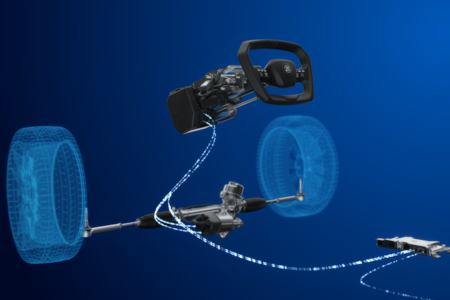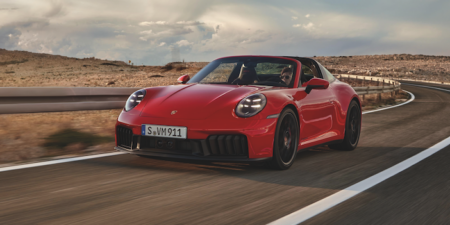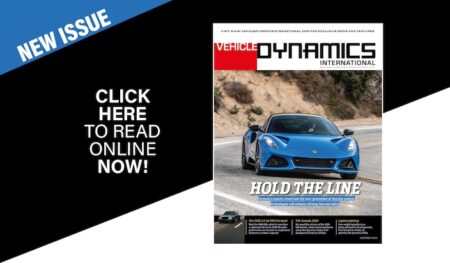Inner city environments are the main driving force behind the OmniSteer project, which is aiming to develop the next-generation chassis and steering systems for light-commerical and passenger vehicles.
The project is investigating various new chassis types with wheels that can be steered individually and electric drives make it possible to increase maneuverability and therefore efficiency. Funded by Germany’s Federal Ministry of Education and Research, Omnisteer will research suitable concepts and prototypes by 2018 and has a budget of €3.4m.
“The increasing electrification and automation of vehicles makes it possible to offer users innovative driving functions”, explain project managers Dr. Marcel Mayer from Schaeffler and Dr. Michael Frey from the Karlsruhe Institute of Technology (KIT). “The added value offered by electric drives compared to internal combustion engines is significant, because we can directly integrate electric drives into each wheel”.
Together with innovative wheel suspension types that allow a wider range of steering motion on the front and rear axle, suitable distance and lane guidance systems (highly-integrated lateral and transverse guidance systems) are also being developed that will significantly increase maneuverability.
“It is possible to switch seamlessly between front-wheel, rear-wheel, and all-wheel steering depending on the situation”, continues Mayer, who is in charge of Schaeffler’s “Automated Driving” work group and is carrying out research at the KIT as part of the SHARE (Schaeffler Hub for Automotive Research in E-Mobility) research collaboration.
“These driving functions therefore directly increase safety, comfort, and energy efficiency as well as also improving the utilization of space and the flow of traffic in cities in the long term”, added Dr. Frey from the KIT’s institute of vehicle systems engineering.
As part of the OmniSteer project, a scaled-down demonstration vehicle with a lateral and transverse guidance system capable of performing orthogonal, multi-directional, and non-linear driving and steering maneuvers is being developed. The vehicle will use sensors to identify its surroundings, calculate the best possible path of travel, and then independently perform complex maneuvers. A specially-developed display and operating unit will allow the driver to select and keep track of the driving functions and to intervene if necessary. The FZI Research Center for Information Technology is contributing maneuver and trajectory planning processes to the project, which select the best possible chassis configuration based on the situation.




